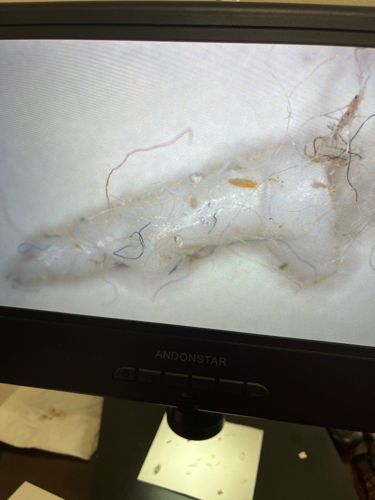Dust Mite
Scientific Name: Dermatophagoides spp.
Order & Family: Order: Sarcoptiformes, Family: Pyroglyphidae
Size: Typically 0.2-0.3 mm (too small to be seen with the naked eye)

Natural Habitat
Thrive in warm, humid environments, especially in mattresses, bedding, upholstered furniture, carpets, and curtains, feeding on dead skin cells.
Diet & Feeding
Primarily feed on organic detritus, particularly flakes of shed human and animal skin (dander).
Behavior Patterns
Dust mites are not parasitic; they do not bite or burrow into skin. They prefer dark, undisturbed areas and reproduce quickly in favorable conditions. Their life cycle from egg to adult is about 3-4 weeks. They produce fecal pellets and shed exoskeletons.
Risks & Benefits
Potential risks include being a major cause of allergies and asthma, as their fecal pellets and body fragments contain powerful allergens. There are no known direct benefits to humans or the ecosystem, though they contribute to the natural decomposition of organic matter.
Identified on: 9/5/2025